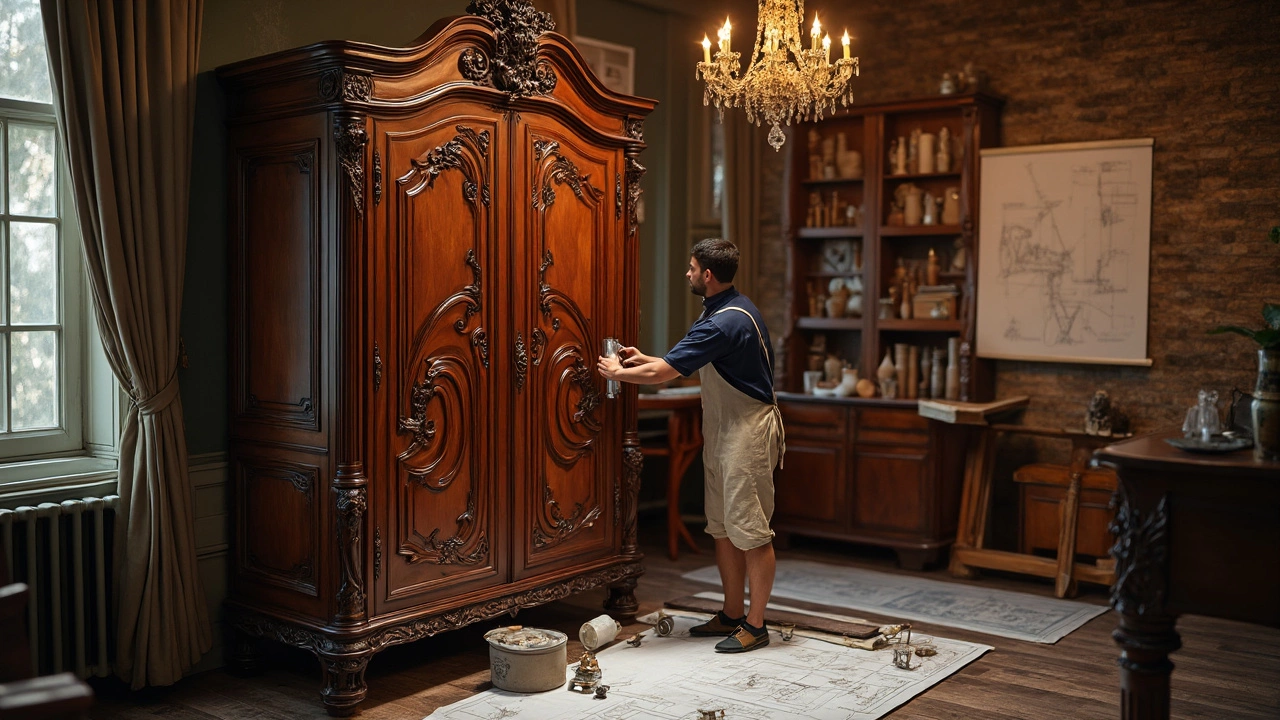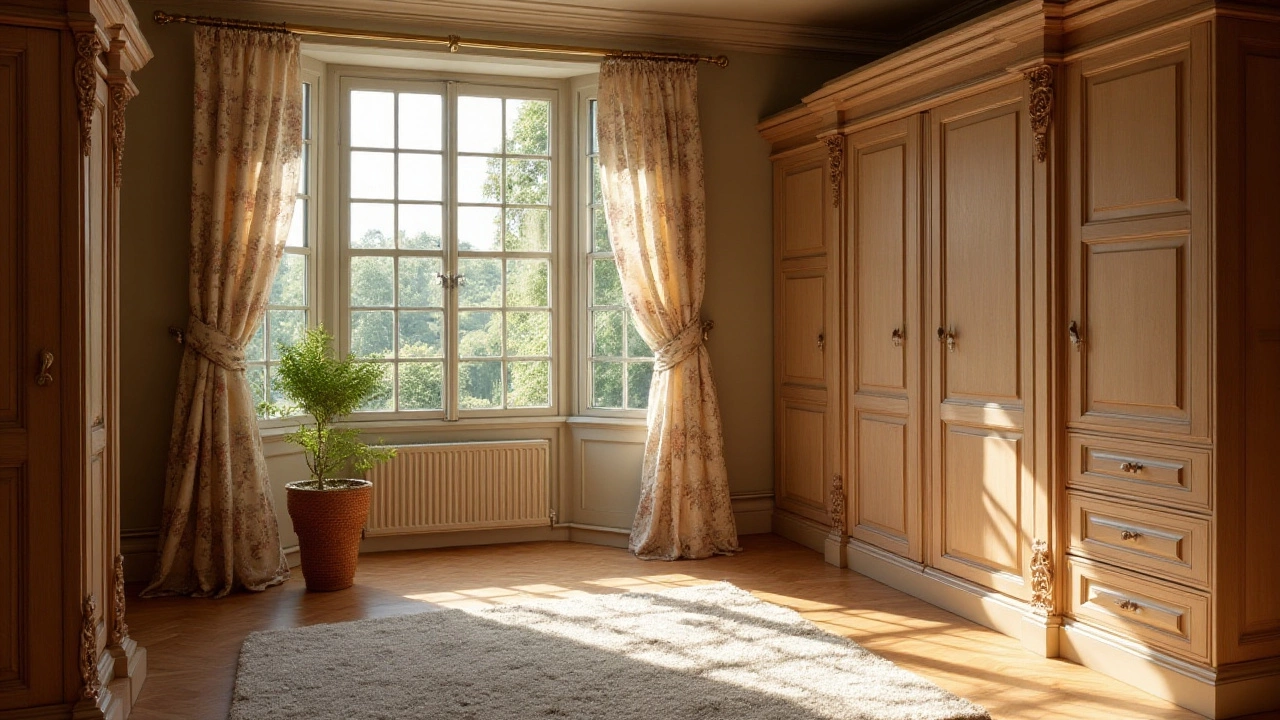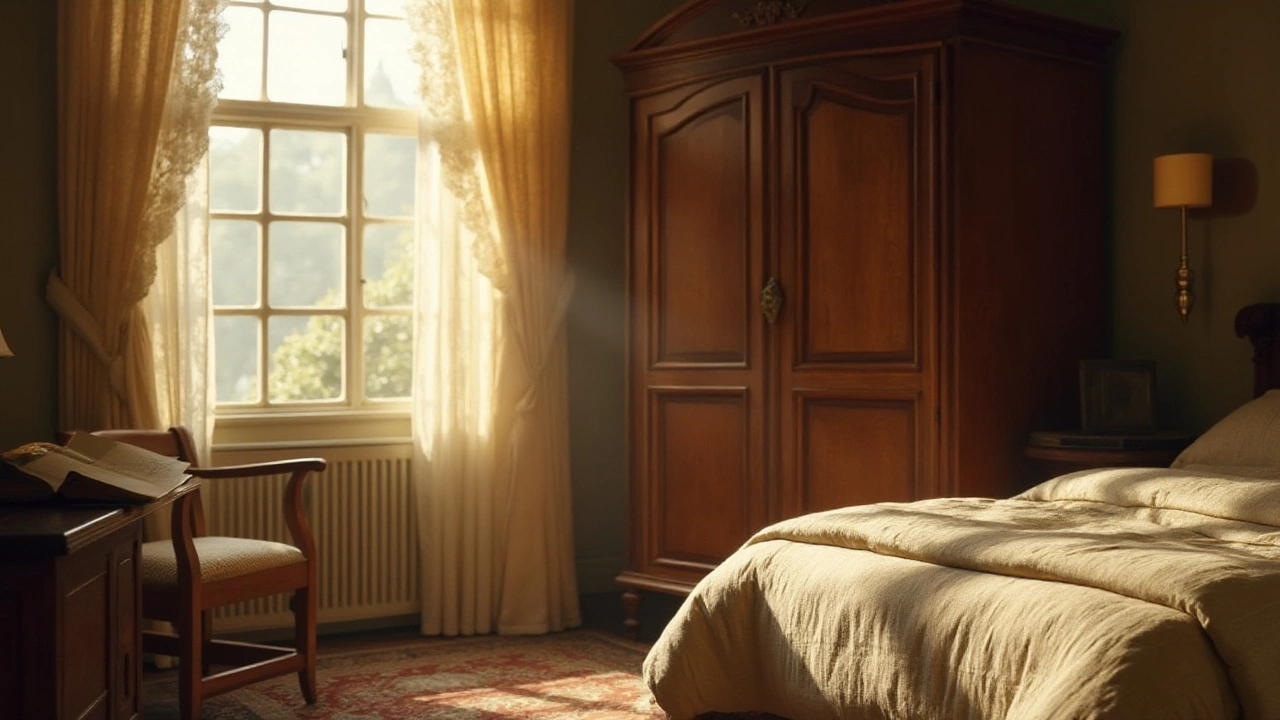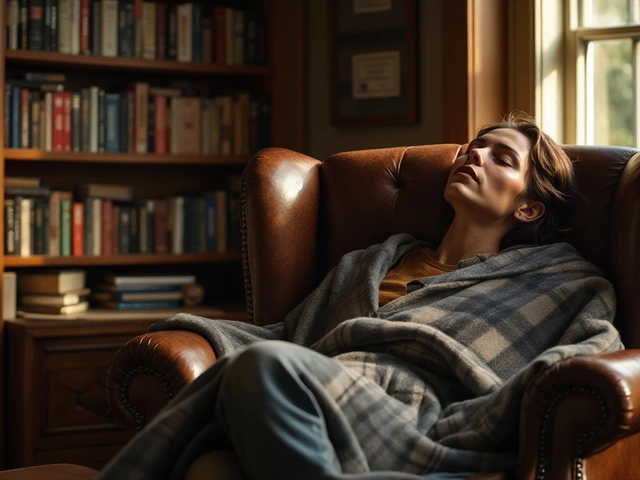Wardrobes – Your Guide to Storage, Style and History
Looking for a better way to store clothes, shoes and accessories? You’ve landed on the right spot. This page gathers all the best articles about wardrobes, from sleek modern designs to the old‑fashioned armoires you see in historic homes. Whether you want practical organization tips or a glimpse into the past, we’ve got you covered.
Modern Wardrobe Solutions
Today’s wardrobes are more than just a place to hang a coat. A well‑planned wardrobe can make a small bedroom feel bigger and keep every item within reach. Start by measuring the space you have – height, width and depth matter because a deep wardrobe can waste floor space. Choose a layout that matches your routine: pull‑out drawers for socks, high shelves for seasonal pieces, and a hanging rod at chest height for shirts.
Lighting is another game‑changer. LED strips inside the cabinet let you see everything without opening every door. If you love a clean look, go for sliding doors or mirrored panels that double as a full‑length mirror. Mirrors also brighten a room, making the space feel larger.
Materials matter, too. Solid wood looks classic but can be heavy and pricey. Engineered wood or MDF with a good finish offers durability without breaking the bank. When you shop, ask about moisture‑resistant coating – it helps protect fabrics in humid UK homes.
Don’t forget the small details. A pull‑out tie rack, a belt holder, or a dedicated shoe shelf can save you minutes each morning. If you have limited space, think vertically: add a high shelf for bags you use rarely and keep the everyday items at eye level.
Antique Wardrobes: Names and History
Ever wonder what an “armoire” really is? In the 17th‑century French homes, an armoire was a tall, freestanding cabinet used for storing linens and clothing. The term “press” was common in England for a similar piece, often with a hinged opening and internal shelving.
These historic pieces weren’t just functional – they were status symbols. Rich families showed off intricate carving, brass handles and painted finishes. Today, you can spot an antique wardrobe by its solid timber construction, dovetail joints and often a slight patina that tells its story.
If you’re buying an antique, check the condition of the hinges and the overall structure. Loose joints can be repaired, but water damage is harder to fix. Look for original hardware – it adds value and keeps the piece authentic.
Even if you don’t plan to use an antique for daily storage, it works great as a statement piece. Place it in a hallway or living room and fill the interior with books, plants or decorative boxes. Mixing old and new creates a layered look that feels lived‑in and stylish.
Whether you’re redesigning a modern bedroom or adding a vintage touch, the right wardrobe can transform the whole space. Browse our articles for step‑by‑step guides, material charts and style inspiration. With the right plan, you’ll get a wardrobe that looks great, works well and lasts for years.





